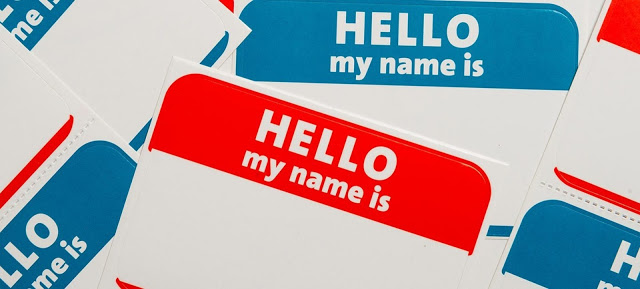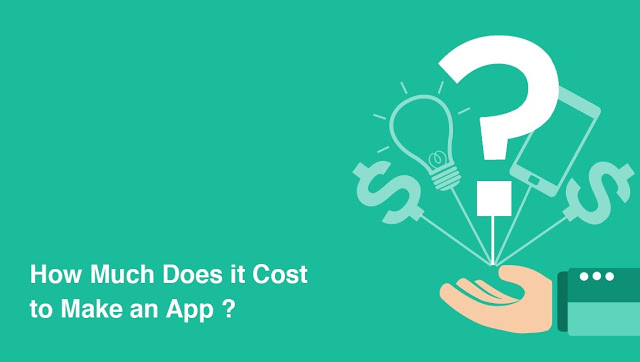
Naming an app—or a business—is not simple task. Here are some considerations to make when naming an app.
Set the Right Tone
An app’s name, paired with the icon, is the first interaction a user has with your app. It is your app's first chance to make the right impression and evoke an image or emotion to encourage someone to become a user. To identify the type of imagery or emotional response you want to give users, you first need to identify the purpose of your app and its targeted audience. You'll want to conjure different feelings in users for a financial app than a social networking app for twenty-somethingsQuest, for example, is a to-do list app that evokes the emotion of setting off on an epic journey. 7 Minute Workout Challenge, on the other hand, is a straight-forward name but with a nod to what its audience desires: brevity with “7 Minute” and a game-like motivation to exercise with “Challenge.”
This targeted emotion should continue throughout your app's user experience. It's carried from the title to the icon to the login to the screens and straight to the purpose of your app.
Once you've nailed down the end goal and audience for your app, you need to move on to identify images and emotions that will resonate with your target audience. Brainstorm. Let the ideas flow by researching descriptive words or imagery. Vet the list by picking the words that stand out and appeal on a shallow level, then dig deep.
Make sure you research the meanings of each word to ensure your potential names will resonate the emotion you want with your intended audience. Words often carry more than one meaning based on the reader's age, race, culture, and life experience. For example, the word “mate” has a number of connotations. It could mean a lifelong partner to one, a good pal or friend to another (depending on the hemisphere where you live), while the verb should only be reserved for the more scandalous of apps.
Avoid words that evoke negative emotions.
Make it Recognizable
Now that you’ve started considering names for your app based on user appeal and emotion, you need to focus your brainstorm to ways your app’s name can reveal the literal purpose of the app. Users need to understand the point of your app just by looking at its name and icon. If the name isn't clear, the icon should solidify the purpose of the app.While the point of Instagram may not be apparent from the name, the camera icon gives users a good clue that the app deals with photos. Pair the two and you can guess at the app's purpose thanks to the name's “gram” - “telegram” - “Instagram” social clues and the camera-like icon.
If you have an existing, well-performing brand, you may choose to use that brand recognition in naming your app. This is especially important for apps that will be predominantly used by existing customers. The brand name points to what the user already knows about the company while signalling to existing customers that this is the app they should use to benefit from the quality interactions they’ve already experienced with the company. It’s not required, however. Notice that Bank of America and Chase use their brand names in their app titles. PNC, on the other hand, opts for the more literal title “Virtual Wallet” for its app name.
Learn From What's Already Out There
This is especially important for those looking to enter a crowded app store category. Take a look at what similar apps are named and the emotions and images they evoke. What do you think works? What doesn'tReplicate your competitors' success without duplicating the name. Adding punctuation (!!!!!) and changing the spelling of another app's name (surely we can fit one more “h” in PHHHOTO) isn't going to earn you brownie points with users. In fact, it may appear less refined and childlike compared to other apps and deter users from downloading.
App Stores, Search, and Social
Beyond evoking an emotion, recognition, and mimicking success, you need to choose a name that has the chance to maximize your app store ranking potential and attract users through online and social media marketing.Optimize your name for app store searches but don’t keyword stuff. Pick only the most applicable and high search traffic keywords to place in your title and description. Use them, but do so sparingly. This can help boost your ranking in app store search results, making it more visible to users. Repeating and pluralizing keywords won’t help your ranking. Look for keywords that perform well or are starting to perform well with little competition. Google Keyword Planner is a great free tool to start your keyword search.




